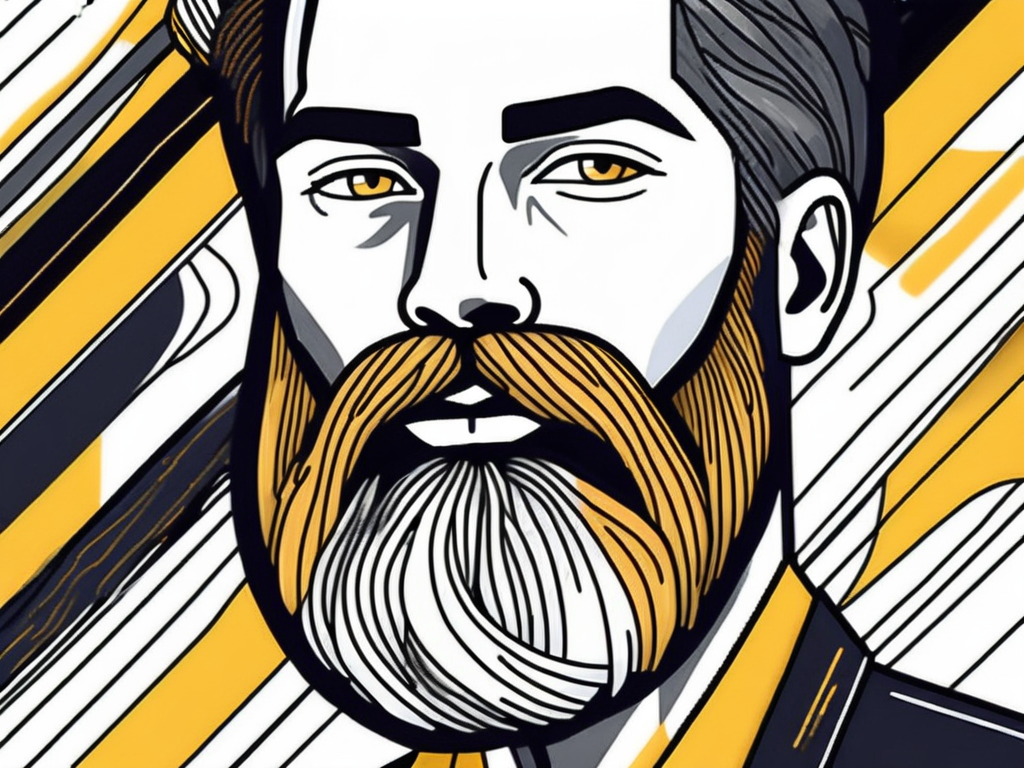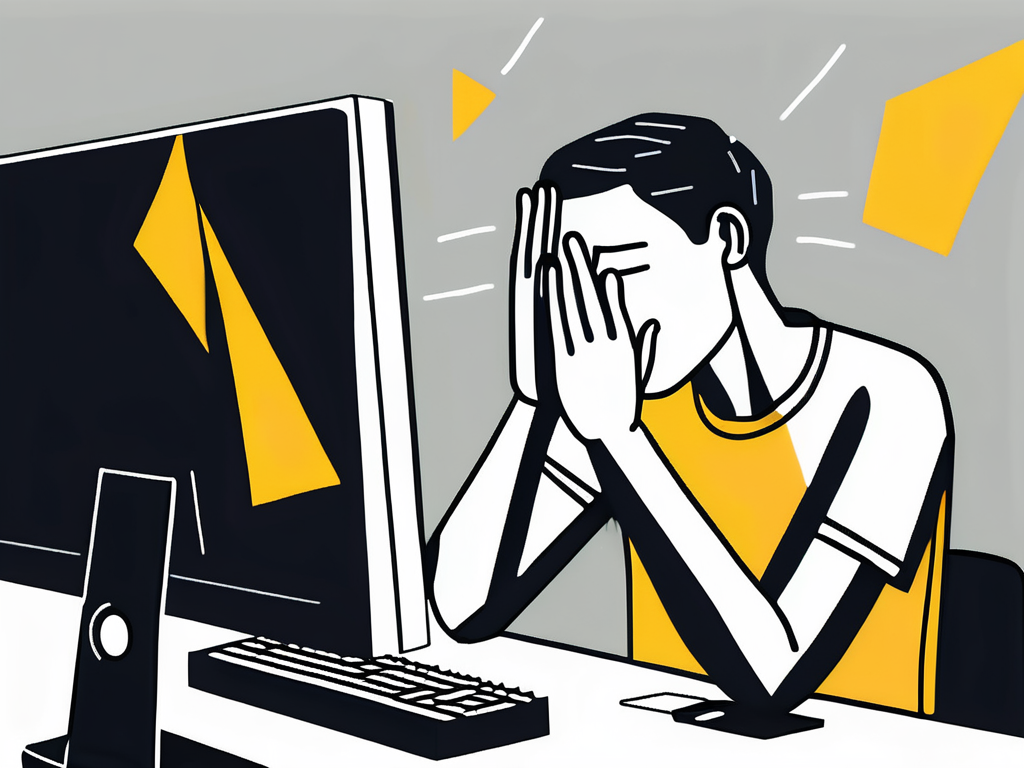Author: The Beard Struggle
Published at: Jun 27, 2024
Excessive Hair Loss
Did you know that the average man loses about 50 to 100 hairs from his beard every day?
That's right, even the most glorious beards aren't immune to shedding. But what if you start noticing something different - beard hair falling out with a white bulb at the root?
Don't panic just yet.
In this article, we'll delve into what this mysterious white bulb means and the reasons why your beard hair might be falling out. We'll also explore prevention and treatment options, as well as when it's time to seek professional help.
So, what exactly does the presence of a white bulb indicate when your beard hair falls out? Let's dive deeper into this intriguing phenomenon and understand the significance of the white bulb.
The white bulb at the end of a fallen beard hair is the hair root sheath. This bulb indicates that the hair has fallen out naturally from the root. Here’s what it means:
Natural Shedding
Telogen Phase
Healthy Hair Cycle
Stress and External Factors
If you notice an increased amount of beard hair falling out with white bulbs, it might be due to:
Hormonal Changes
Nutritional Deficiencies
Stress
Poor Grooming Practices
Understanding these aspects can help you manage your beard health better and reduce unnecessary worry about natural hair shedding. If shedding persists or worsens, consulting a healthcare professional can provide further insights and solutions.

Beard hair loss can be a distressing experience for many individuals, impacting not just their physical appearance but also their self-confidence. Understanding the underlying causes of beard hair loss is crucial in determining the most effective prevention and treatment strategies.
One of the first things you can do is adopt a healthy lifestyle. Ensure you're:
Additionally, avoid harsh chemical products on your beard, as they can strip away its natural oils.
Furthermore, incorporating beard-friendly grooming habits into your daily routine can significantly contribute to preventing beard hair loss. Using a high-quality beard oil or balm can help moisturize the skin underneath your beard and keep your facial hair healthy and strong.
If you've tried lifestyle changes without much success, there are medical treatments available that may help. Options like minoxidil, a topical solution, have shown promising results in stimulating beard hair growth. However, it's essential to consult with a healthcare professional before starting any medical treatment.
In some cases, underlying medical conditions such as hormonal imbalances or autoimmune disorders may contribute to beard hair loss. Seeking the expertise of a dermatologist or endocrinologist can help identify and address these issues, leading to more targeted and effective treatment options.
While some degree of beard hair shedding is normal, certain signs should prompt you to seek professional help.

If you notice a significant increase in the amount of hair shedding, with clumps of beard hair falling out more than usual, it’s time to consult a dermatologist. This could indicate an underlying condition that needs professional evaluation and treatment.
Chronic itching, redness, or irritation in the beard area can be symptoms of skin conditions such as dermatitis or fungal infections. A professional can provide an accurate diagnosis and recommend appropriate treatments to alleviate these issues.
The appearance of bald patches or areas where the hair growth is significantly reduced can be a sign of alopecia or other serious conditions. Early intervention by a healthcare professional can help manage and potentially reverse the hair loss.
If you observe sudden changes in the texture of your beard hair, such as increased brittleness or a drastic shift in hair quality, it could be a sign of nutritional deficiencies or hormonal imbalances. A specialist can help identify the root cause and suggest dietary or medical interventions.
When home treatments and over-the-counter products fail to improve your beard health, seeking professional advice is crucial. A dermatologist or trichologist can offer advanced treatments and personalized care plans to address your specific needs.
If the white bulbs at the end of the shedding hair appear unusually large or numerous, it may indicate a problem with your hair follicles. Professional assessment can help determine if there's a more serious issue at play and how best to treat it.
Moreover, it's essential to understand that various factors can contribute to beard hair loss, including genetics, hormonal imbalances, stress, and certain medical conditions. By consulting a dermatologist specializing in hair loss, you can receive personalized care that addresses the specific root cause of your hair loss, leading to more effective treatment outcomes.
Understanding why beard hair falls out with a white bulb can empower you to take proactive steps in maintaining a healthy beard. While some shedding is normal, the presence of a white bulb can provide valuable insights into your hair's health and the state of your hair follicles.
By recognizing the potential causes, such as hormonal imbalances, nutritional deficiencies, and stress, you can implement lifestyle changes and explore medical treatments to address and prevent beard hair loss. Additionally, find the top beard products at The Beard Struggle and enhance the health of your facial hair even further!

10 Beard Care Mistakes A Viking Should Never Make
Register now to receive 10 exclusive tips straight to your inbox.
Comments